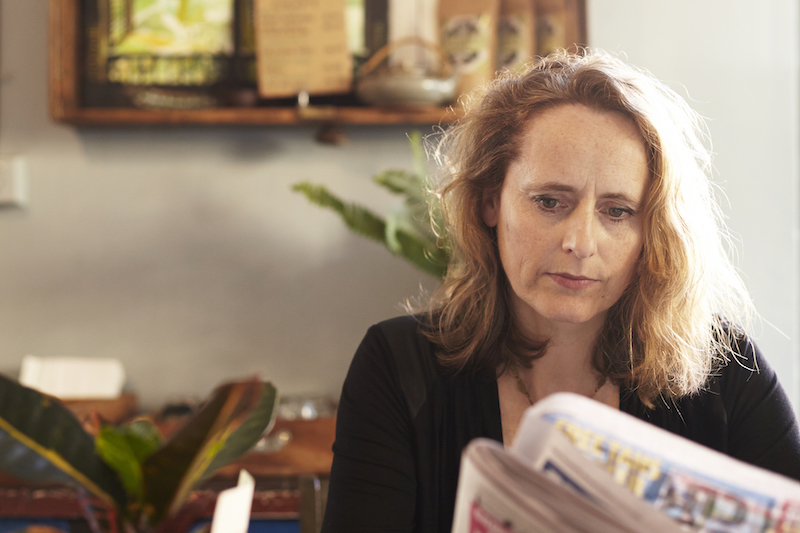Caroline Rothwell: Grants and Residencies
Born into a family of scientists, including a father who was an industrial chemist, Caroline Rothwell finds that an investigative approach comes naturally.
Words: Melissa Keys
Photography: Zan Wimberley
For four weeks in mid-2014, Rothwell joined a diverse selection of artists from around the world at the renowned Art OMI International Artists Residency north of New York City. What transpired was an intense and productive period of focused work, research and critical discussion.
Born into a family of scientists, including a father who was an industrial chemist, Rothwell finds that an investigative approach comes naturally. Contemplating the impact of humanity on the planet’s climate and ecosystem, her career has unfolded as a series of interconnected explorations of the intersections between science and knowledge, art and culture. Since 2011 Rothwell has been interested in geo-engineering and the technologies that have been envisaged to mitigate global warming.
As part of the 2014 Adelaide Biennale Dark Heart exhibition, Rothwell presented an installation consisting of four large sculptural wall pieces each composed of images cut by hand with a scalpel out of black PVC. The sliced out material remained attached, cascading from each of the panels, giving the impression of an image at once forming and coming undone. Titled Climatic, these dark, evocations of toxic congestion were paired with a series of cast metal, sci-fi-esque but apparently plausible machines: cloud busters, cloud seeders and artificial trees. Grouped together like a technological arsenal, these mechanical contraptions seem ready to combat the advance of climate change.
The OMI Residency offered Rothwell the opportunity to expand this confronting yet conceptually elegant body of work to further explore what she sees as “man’s yearning to predict, control and mechanise the future”. During the month she produced a suite of works on paper representing climate machines, smoke stacks and architectural forms emblematic of 19th century industrialism. The structures depicted are rendered in copper leaf that is almost subsumed by clouds painted in a black pigment produced by mixing emissions collected from car exhausts with a binder medium. Rothwell also made a series of silvery cloud sculptures cut from PVC and coated with aluminum leaf. These gleaming artisanal forms have a swirling baroque quality and sense of preciousness that contrasts with the clouds in the images on paper.
Working in the studio during the day, Rothwell and the other resident artists shared ideas and stories and met curators, writers, directors and a steady stream of visiting peers during evenings. The intersection of art and science is a growing conversation in the United States and Rothwell had the opportunity to engage with an extraordinary range of experts. She even had the chance to document a local water dowser in the act of divining for water, a pseudoscientific activity that may one day make its way into the artist’s practice.
In November 2014 Rothwell presented the works that had their genesis during her OMI residency in an exhibition at Sydney’s Roslyn Oxley9 Gallery titled Weather Maker. A further exhibition is set to open in early 2015 at Temple Contemporary at the prestigious Tyler School of Art in Philadelphia. The international politics of climate change and the shifting debates around the so-called pause in global warming offer Rothwell endless possibilities for continuing her unassuming yet incisive speculation on our shared future.
Image: Caroline Rothwell. Portrait by Zan Wimberley,
This article was originally published in Art Collector issue 71, JAN – MAR 2015.













